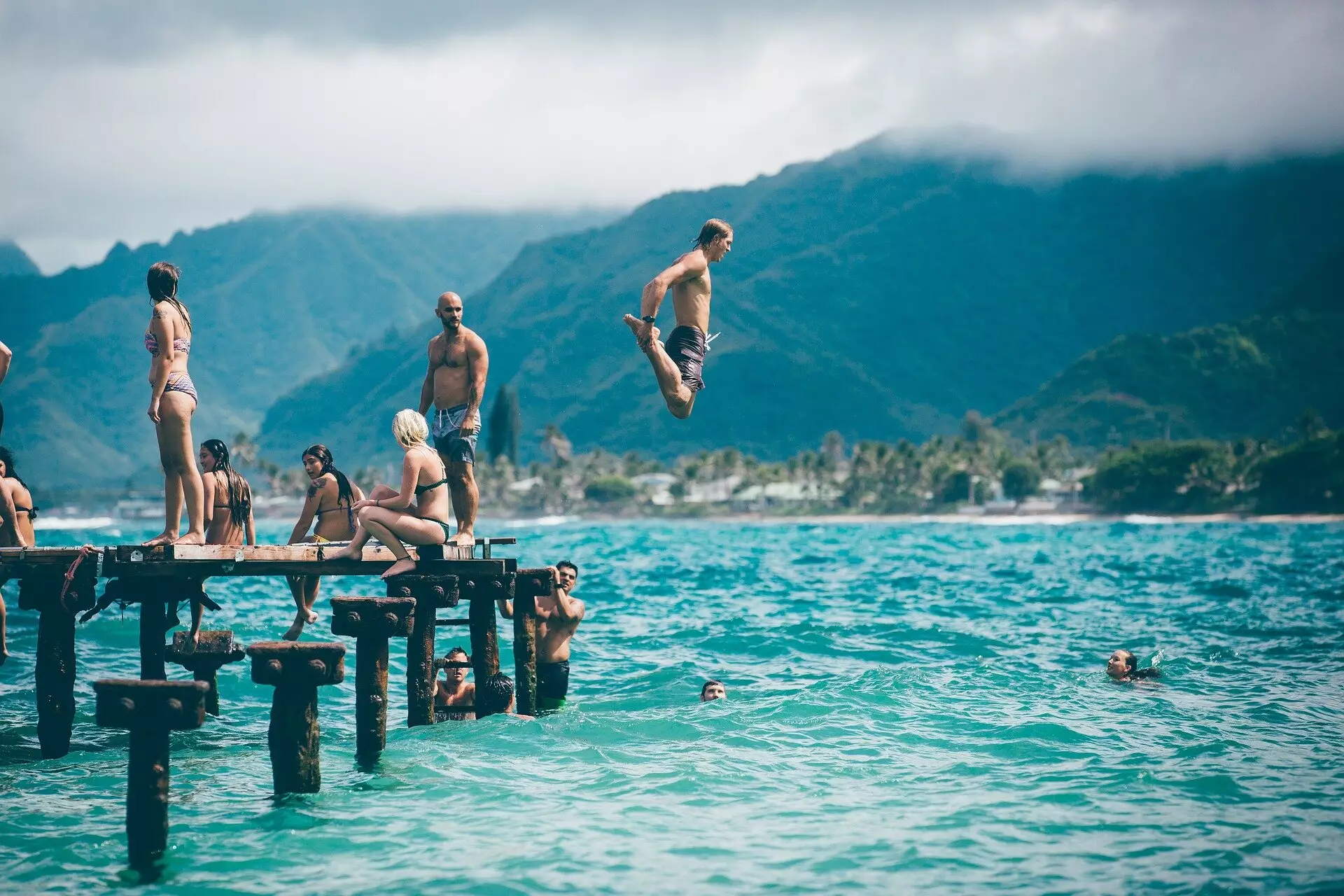As summer draws to a close, many individuals seek solace in rivers and streams, particularly during the Labor Day weekend. While these aquatic escapades are often perceived as a harmless means to cool off and socialize, recent research conducted by Johns Hopkins University unveils a more complex reality. This study, which represents a pioneering effort to evaluate how recreational activities affect stream ecosystems, highlights the concerning introduction of various chemicals and microorganisms into local waterways.
The research, published in ACS ES&T Water, meticulously analyzed water samples from Clear Creek in Golden, Colorado—specifically over the busy Labor Day weekend in 2022. Researchers aimed to distinguish between water quality upstream of recreational areas and that downstream, where people commonly exit the water. Lead author Carsten Prasse emphasized the scope of substances introduced into the water system, which can range from personal care products to pharmaceuticals.
Findings revealed the presence of substances such as lidocaine and acetaminophen, alongside an array of chemicals from household and pet care products, as well as compounds from sunscreens. This troubling cocktail culminates in a scenario where water bodies become temporary receptacles for chemicals, combining the contributions of numerous individuals sharing the same space. This phenomenon signifies not only an individual’s impact but also a collective ecological footprint, as people unwittingly participate in the contamination of their swimming environment.
The implications of such contamination extend beyond mere aesthetic concerns. The presence of human gut microbes in the downstream samples raises serious public health questions, especially regarding the potential transmission of waterborne illnesses. While the study indicated that after two days the water returned to its baseline quality, the immediate presence of these microbes and chemicals is alarming. As first author Noor Hamdan stated, “Changes to the water are short-lived, but that doesn’t mean they aren’t significant.”
The transient nature of the contamination may lead to a false sense of security; recreationalists could assume that their favorite swimming spots are safe without appreciating the potential short-term health risks. Moreover, these chemical interactions within shared water bodies exemplify a broader concern regarding the cumulative effects of human activity on natural ecosystems.
The evidence presented in this research serves as a clarion call for increased awareness about what becomes of the chemicals and substances we use during recreational activities. As the popularity of outdoor activities continues to rise, it becomes essential for communities to consider sustainable practices that minimize the release of pollutants into local water systems.
Educating the public about the ecological impacts of their leisure choices, advocating for biodegradable or eco-friendly personal care products, and implementing better waste management practices near recreational areas can collectively help in preserving the integrity of our waterways. Ultimately, while rivers and streams offer cherished moments of joy and relaxation, we must recognize our responsibility to protect these environments for future enjoyment.

